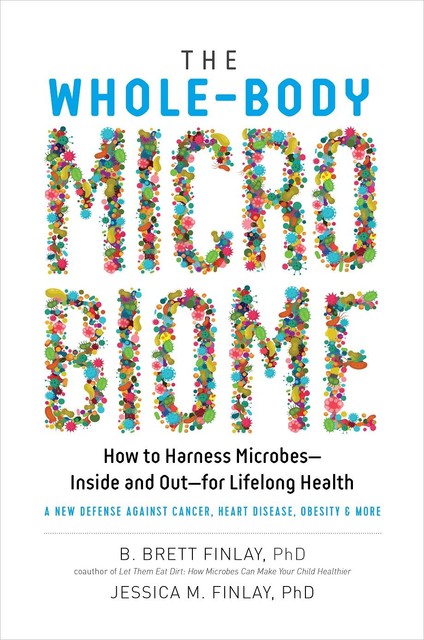This book is currently unavailable
395 printed pages
- Original publication
- 2019
- Publication year
- 2019
- Publisher
- The Experiment
Quotes
- b5978711211has quoted4 years agoOne study found that we share 68 percent of microbes between the left and right forearms, but only 17 percent between the left and right hands
- b5978711211has quoted4 years agoDespite popular misconception, this layer of oil is normal. It’s a substance called sebum, which the body secretes out of hair follicles to keep the skin moist and supple. If sebum becomes trapped in a hair follicle it can lead to a buildup of the acne-causing C. acnes. Often the bane of teenage years, acne can unfortunately flare up again around menopause for women, due to changing hormone levels. Whether fifteen or fifty years old, the root cause is the same: changing hormone levels. As relative testosterone levels rise, the skin’s sebaceous glands can go into overdrive and produce excess sebum. But whereas things eventually level out once puberty ends, in older women the problem is exacerbated by slower cell regeneration and prolonged buildup of C. acnes. Frustrating acne blemishes can pop up near the chin, jawline, and, sometimes, upper neck. Unlike the superficial zits teens get on their T-zones, these blemishes are often more like cysts, smaller and more tender deep below the skin—hence their being more painful and difficult to remove
- b5978711211has quoted4 years agofascinating differences in microbial communities, especially associated with people’s ages. Describing this particular sampling, Dr. Hillebrand grew animated at the prospect of how we can use these microbial differences to enhance the appearance and health of aging skin.
While gaining traction, he admits that the concept of embracing, rather than eradicating, bacteria on skin remains as foreign today as the discovery of groundbreaking topical skin products was thirty years ago. But he remains optimistic: “With the microbiome, we can actually do something. The challenge now is to figure out exactly how to leverage science into more effective skin products for real innovation.
fb2epub
Drag & drop your files
(not more than 5 at once)


